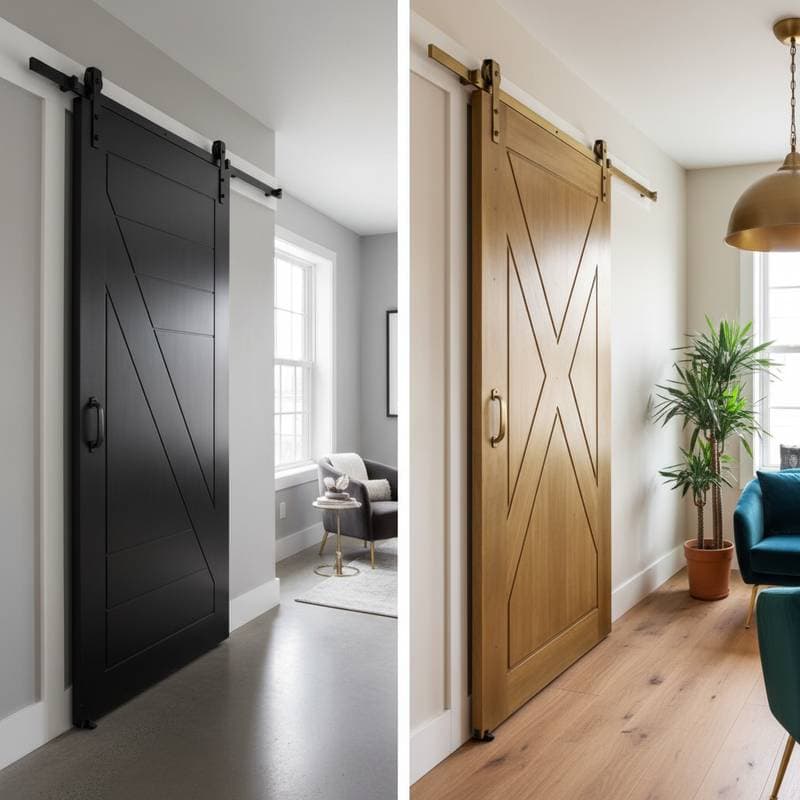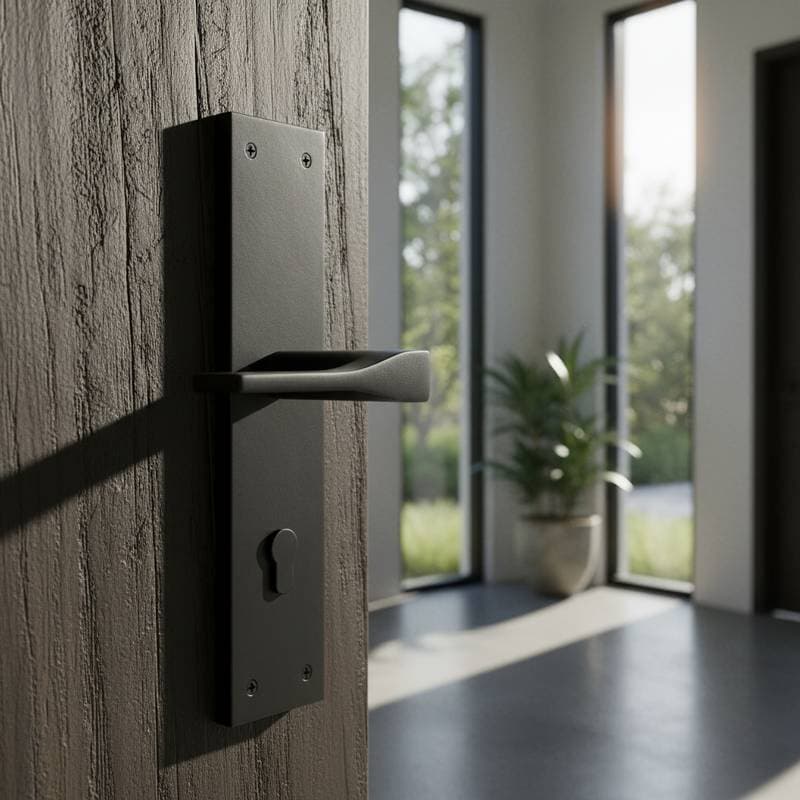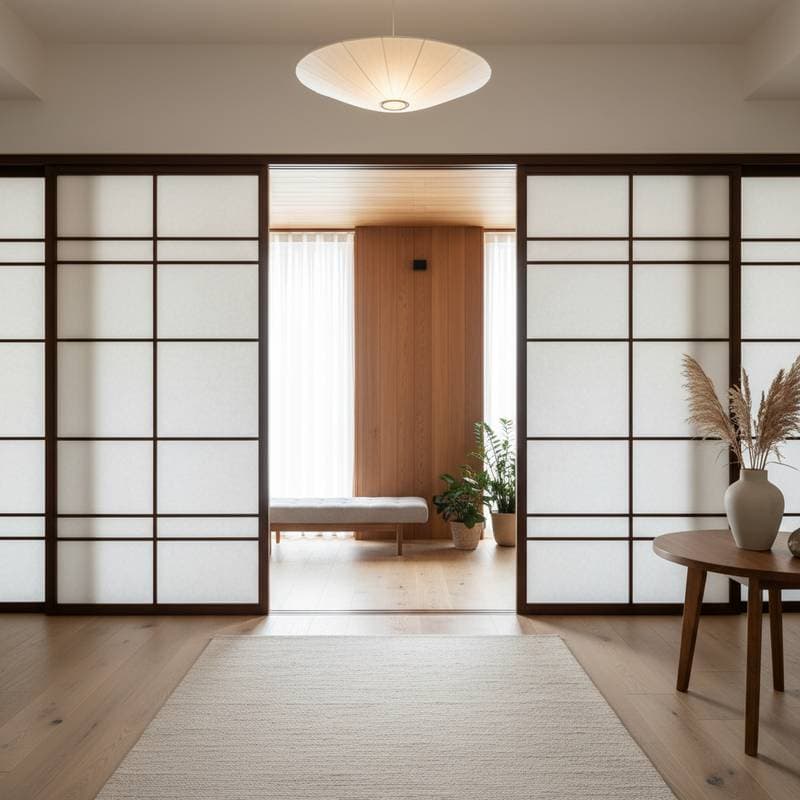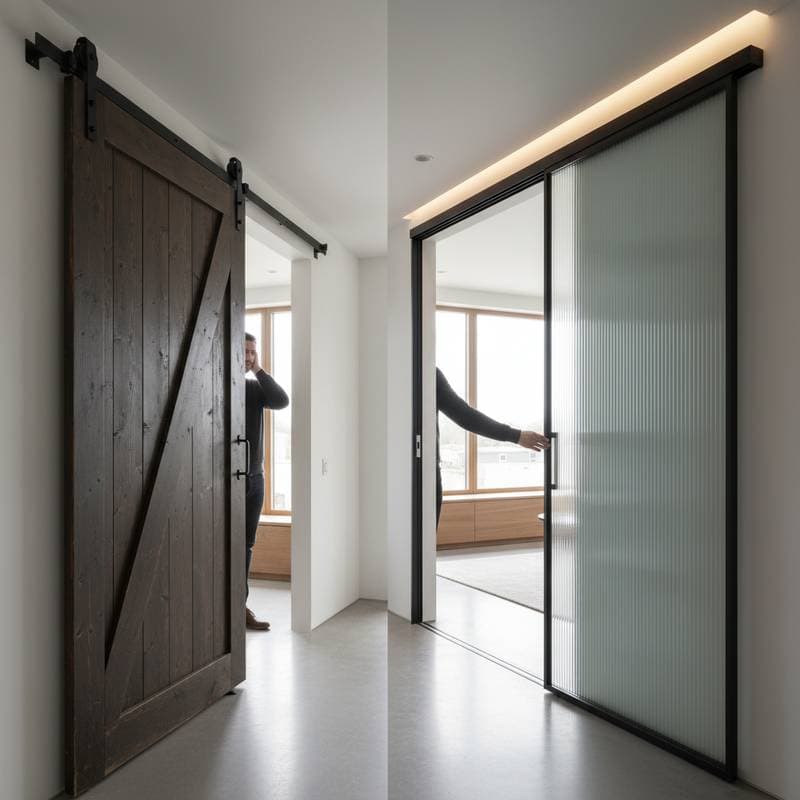Why Homeowners Prefer Composite Doors Over Traditional Wood
Wooden doors have earned admiration for their inherent warmth, natural grain patterns, and timeless craftsmanship. These qualities enhance the character of any residence. However, a growing number of homeowners transition to composite doors, driven by practical considerations and evolving lifestyle needs. Composite doors integrate engineered materials to deliver enhanced stability, reduced maintenance requirements, and reliable performance across years. This shift becomes evident when examining aspects from routine usage to enduring resilience.
Composite Door Construction Explained
Composite doors emerge from a fusion of diverse materials under precise manufacturing processes. Layers typically encompass a solid or reinforced core, a skin resistant to moisture, and an exterior finish that emulates natural wood textures. This construction preserves wood-like aesthetics while addressing common vulnerabilities.
Engineers craft these doors to withstand warping, swelling, and cracking. The material blend ensures structural integrity amid fluctuations in temperature or humidity. Such design also facilitates superior insulation, contributing to energy conservation and consistent indoor temperatures.
Material Performance Comparison
Homeowners often first observe differences in maintenance demands when comparing wood and composite doors. Wood requires periodic sealing or painting to shield against moisture and ultraviolet exposure. Neglect leads to water absorption, resulting in swelling or decay. Composite doors, engineered with protective coatings, repel water effectively and maintain color without frequent refinishing.
| Material | Initial Cost | Expected Lifespan | Maintenance Needs | Ideal Applications |
|---|---|---|---|---|
| Solid Wood Door | Moderate to High | 20 to 40 years | Regular painting or sealing | Traditional interiors, protected environments |
| Composite Door | Moderate | 30 to 50 years | Occasional cleaning | Exterior entrances, maintenance-free residences |
Wood endures for decades under diligent care, yet the effort involved proves substantial. Composite doors minimize such obligations, attracting families that prioritize aesthetics alongside ease.
Durability in Daily Use
Composite materials demonstrate excellence in durability. Everyday exposure to temperature variations, humidity, and physical stress challenges doors routinely. Wood naturally expands and contracts, potentially creating gaps or compromising seals over time. Composite constructions preserve dimensional stability, sustaining proper alignment and insulation effectiveness.
Textured finishes on composite doors conceal minor scratches and dents effectively. Numerous models incorporate reinforced cores or metal reinforcements to bolster resistance against forced entry. Families with active children or pets find this resilience particularly beneficial. Those who once dealt with seasonal sticking in wooden doors report greater reliability with composite alternatives throughout the year.
Aesthetic Versatility and Design Options
Visual appeal remains a key concern for many. Homeowners may resist change from wood due to its authentic texture and depth. Contemporary composite doors counter this with sophisticated surface technologies that replicate wood grains and hues with remarkable fidelity, often indistinguishable at a glance.
Options extend further than mere replication. Selections include varied colors, finishes, and panel configurations unavailable in natural wood. Some choose vibrant modern shades or sleek minimalist profiles to suit contemporary builds. Others opt for classic paneling with authentic wood-like tactility. This range enables precise alignment with a home's overall architectural style.
Evaluating Costs and Lifetime Value
Upfront pricing between wood and composite doors can appear comparable, but broader analysis reveals distinctions. A composite door may involve a modest initial premium, yet its long-term advantages frequently surpass this. Wood demands supplies and labor for upkeep, plus repairs addressing warping, swelling, or pest issues. Composite doors seldom necessitate such interventions.
Over full lifecycles, composites yield lower total ownership expenses. Their longevity bolsters property resale appeal, as prospective buyers value features that minimize ongoing care, particularly in harsh weather zones. For investment properties or secondary homes, composite selections curtail maintenance frequency and prolong service life.
Climate and Environmental Impacts
Local conditions profoundly influence door longevity. Humid areas prompt frequent wood expansion and contraction, heightening frame gap risks. Arid regions cause shrinkage or splitting. Composite doors sustain uniform dimensions irrespective of such changes. Their moisture resistance suits coastal or rainy locales effectively.
Manufacturing processes for composites often incorporate recycled or sustainably derived components. Longer service life reduces replacement frequency, curbing waste generation. Although responsibly sourced wood qualifies as renewable, it typically relies on chemical treatments for protection. Environmentally conscious homeowners benefit from reviewing certifications to balance sustainability with functional superiority.
Simplified Maintenance Routines
Composite door care involves straightforward practices. Mild soap and water suffice for periodic cleaning to preserve appearance. No sanding, staining, or repainting proves necessary. This simplicity resonates with those seeking enduring finishes free from seasonal demands.
Wood doors demand vigilant monitoring. Sunlight fades protective layers, while moisture erodes untreated margins. Consistent checks identify coating wear or fissures early, preventing progression. Individuals who relish restoration tasks may favor wood, but the majority embrace composite ease.
Enhanced Security Features
Composite doors advance security standards. Designs frequently integrate sturdy locking mechanisms directly into frames. Reinforced builds provide strength without excessive weight. Thick, maintained wood offers formidable barriers, but moisture infiltration can compromise integrity over time. Composites avoid grain-related weaknesses, positioning them as optimal for primary access points.
Selecting the Right Door for Your Home
Decision-making benefits from targeted evaluation:
- Placement – Composite excels for exterior positions facing elemental exposure; wood suits interiors for acoustic and thermal qualities.
- Upkeep Preferences – Composites alleviate refinishing burdens for those averse to routine labor.
- Style Choices – Hardwood attracts for bespoke stains or organic variations; composites shine in uniform tones and innovative finishes.
- Regional Weather – Composites safeguard against intense humidity or thermal shifts.
- Financial Outlook – Assess initial and cumulative expenses to identify superior value.
Installation Essentials for Optimal Performance
Professional installation ensures composite doors function at peak efficiency. Select certified installers familiar with composite specifics to avoid alignment issues. Proper framing and sealing enhance weatherproofing and operational smoothness.
Prepare the site by verifying level foundations and adequate support structures. Post-installation, inspect hardware for secure fastening and test operation across temperature ranges. These steps maximize durability benefits and prevent premature wear, delivering sustained protection and style to your home.






